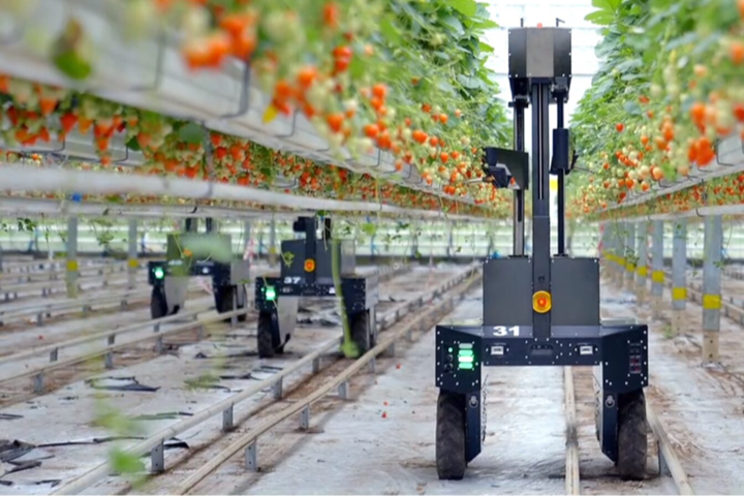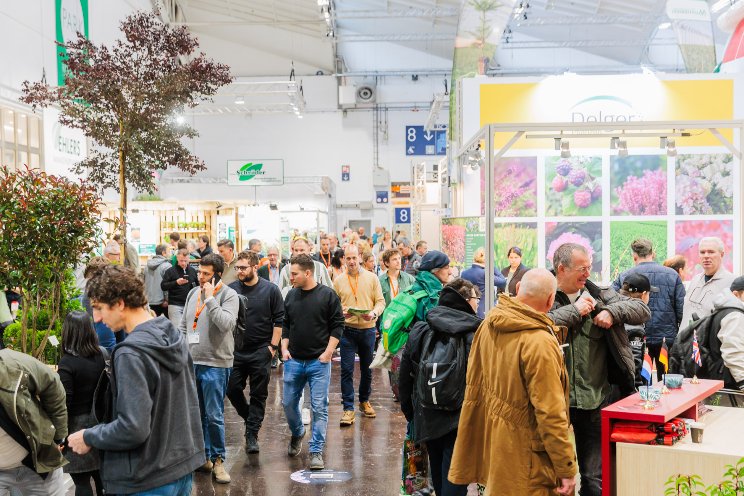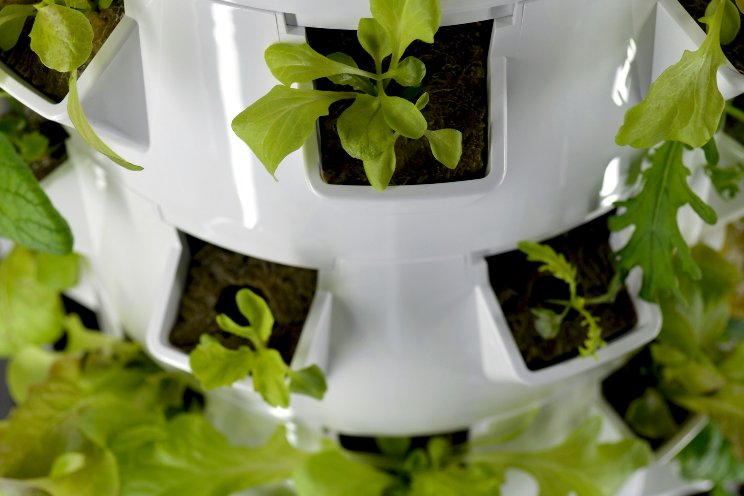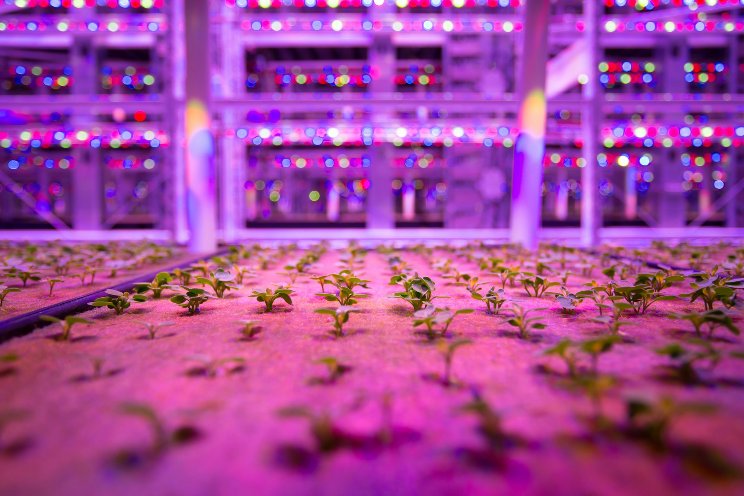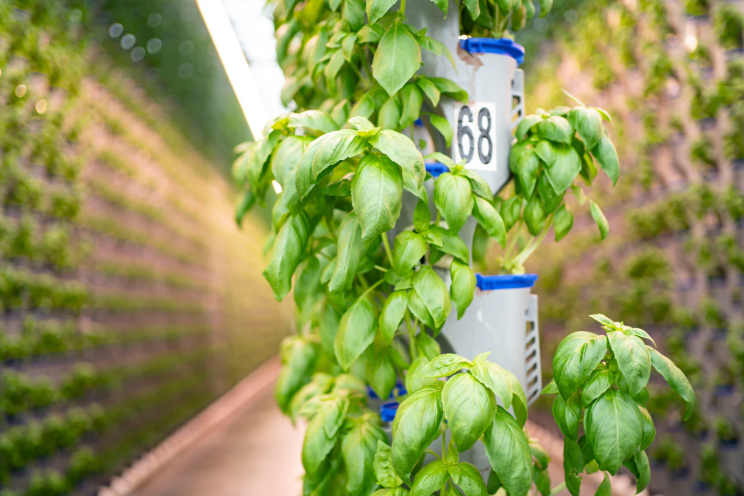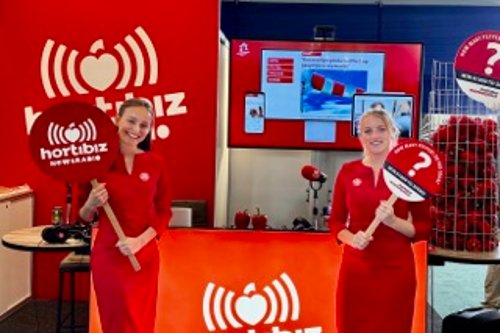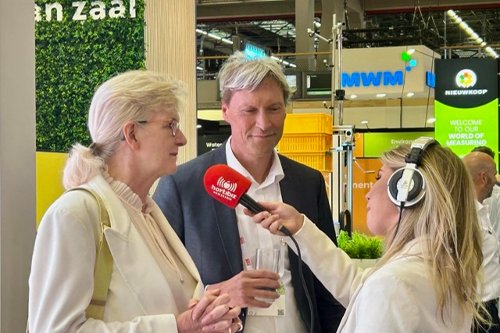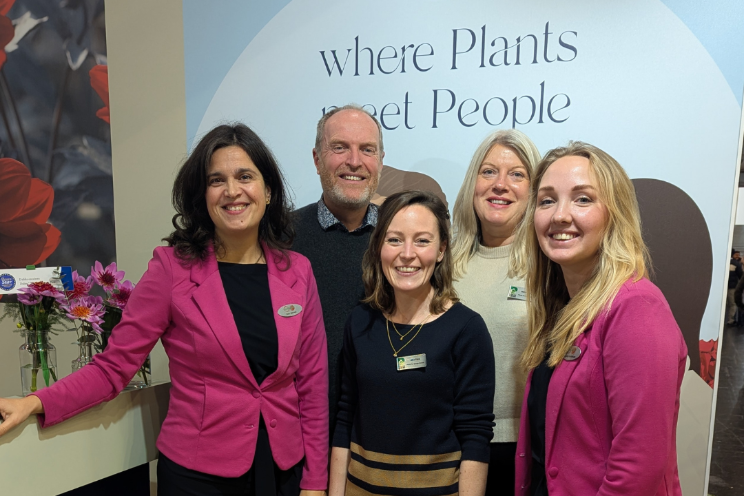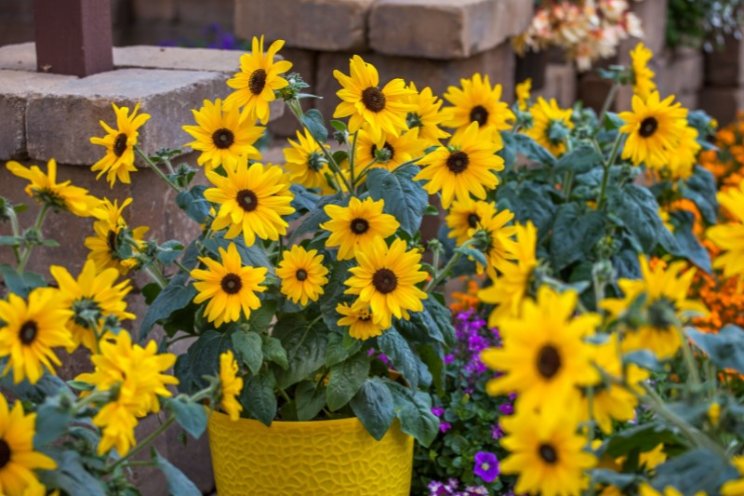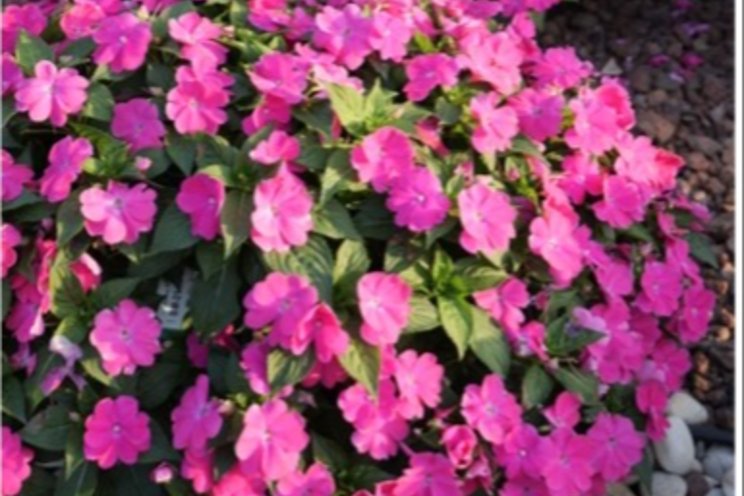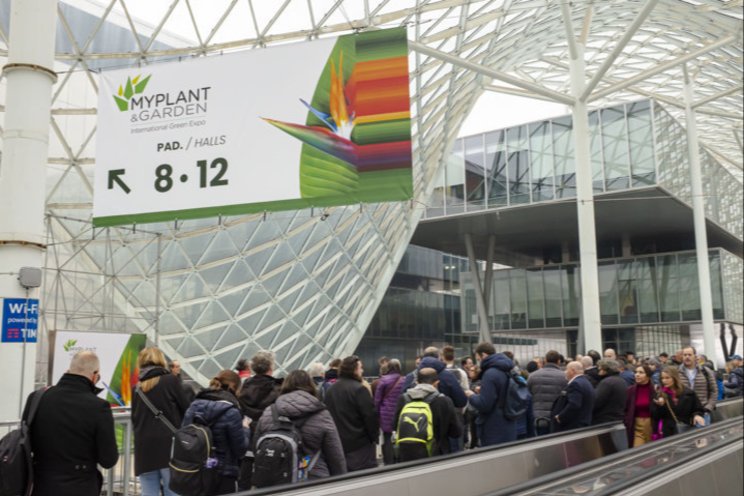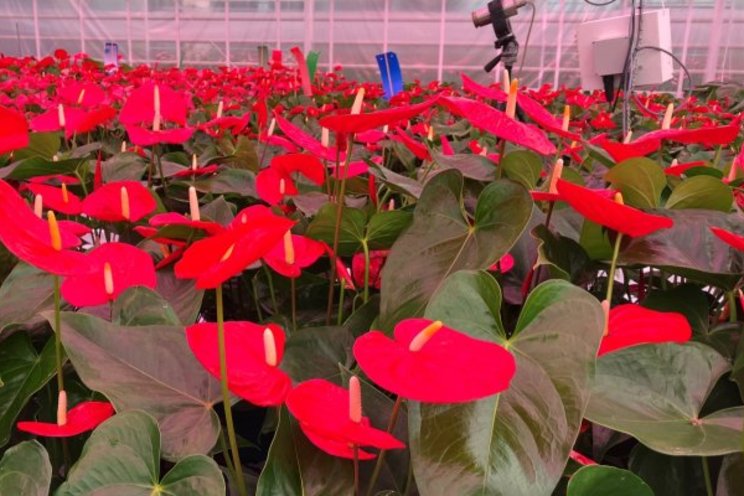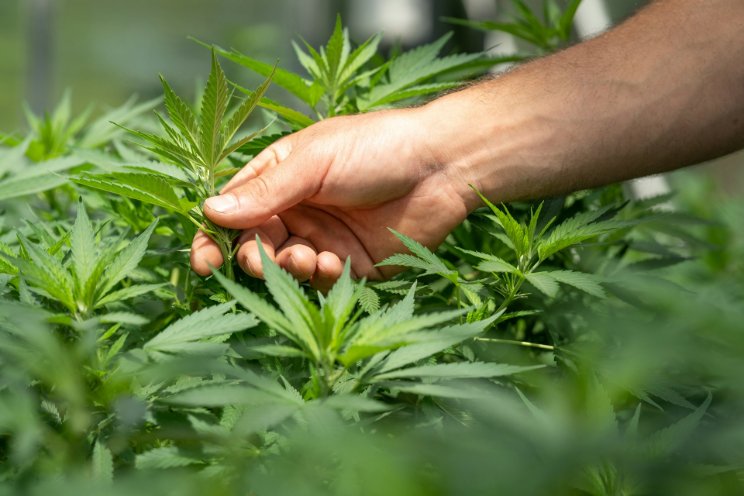Boost blueberry and raspberry yields with bumblebees
Added on 31 March 2025

Superior blueberry pollinators
“Compared to honeybees, bumblebees are better suited to pollinating blueberry flowers,” explains Jorden. “Their long tongues allow them to reach nectar without damaging blooms, whereas honeybees must pierce the base of the flower to feed.”
“Bumblebees also excel at buzz pollination – a technique where they grip downward-facing flowers and rapidly vibrate their flight muscles. This dislodges the pollen increasing fertilization efficiency. In addition, they also visit more flowers per minute. In short, bumblebees are ideal for blueberry pollination, resulting in larger and heavier berries.”
Higher-quality raspberries
In raspberry crops, bumblebees do not just boost yield and fruit weight – they significantly reduce misshapen and crumbly fruits, leading to superior berry uniformity and quality.
“Bumblebees are larger than honeybees, giving them greater contact with raspberry flowers,” says Jorden. “As they spin around on the bloom, they touch all the pistils, ensuring more complete pollination and reducing fruit deformities.”
Why choose bumblebees?
Traditionally, blueberry growers have relied solely on honeybees for pollination – typically, in April.
“But in April, the weather is often unpredictable – cold, rain, mist, and wind can limit honeybee activity,” says Jorden. “Bumblebees, however, thrive in these conditions, making them a more reliable pollination solution in early spring. Due to the short pollination window in blueberry, we therefore recommend introducing them alongside honeybees, to augment the pollination efficiency in these crops.”
Maximize pollination success
To achieve the best results - larger, heavier berries with improved uniformity - Biobest recommends introducing bumblebee hives when 5-10% of plants are in bloom.
Due to the short pollination window of a few weeks, for tunnel-grown crops, Biobest recommends the use of 6-9 Premium Hives per hectare. In open field crops, 2-3 Multi-Hives per hectare– containing three separate colonies in a weather-resistant box – are the ideal choice.
Summing up, Jorden says; “By integrating bumblebee hives into their pollination strategy, blueberry and raspberry growers can boost yields, improve berry quality, and ensure more consistent fruit production – whatever the weather.”
Need expert advice? Contact your local Biobest advisor.
ABOUT BIOBEST:
Biobest is a division of the BioFirst Group, a global leader in biological pest and disease control and bumblebee pollination. With 32 subsidiaries and a network in 50 countries, they export to more than 70 countries every week. The organisation provides solutions for both covered and outdoor crops through its Biobest, BioWorks, Plant Products and BIOTROP brands. Their 2,800 employees, including 600 in-house expert consultants, provide global support to growers, backed by ongoing investment in research and development. Biobest (and its subsidiaries) focuses on the production and sale of biological control agents (micro-organisms such as insects, predatory mites and nematodes) for the control of plant diseases and pests in horticultural crops, as well as bumblebee pollination.
For more information, please contact press@biofirstgroup.com
More news
